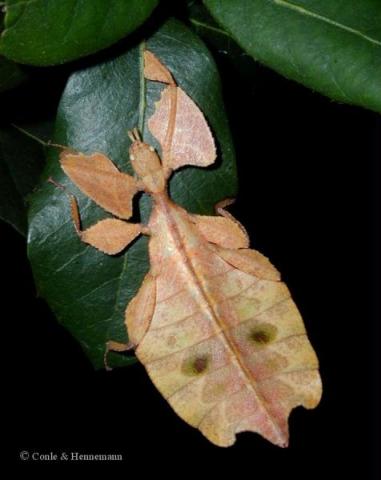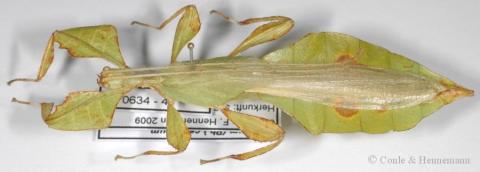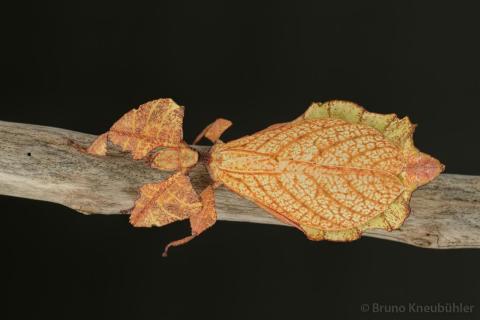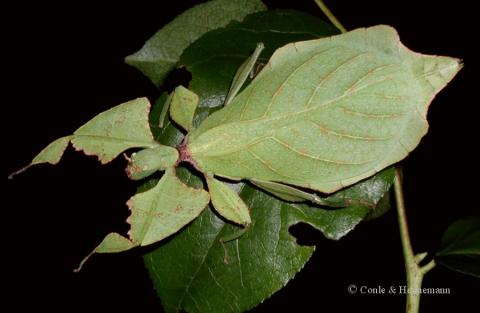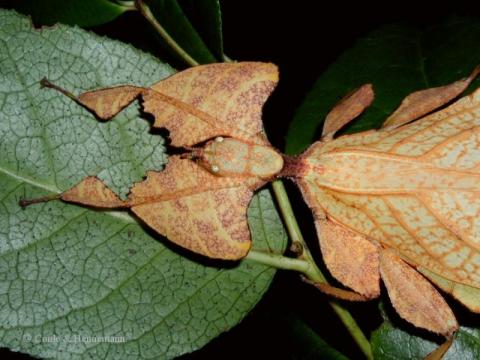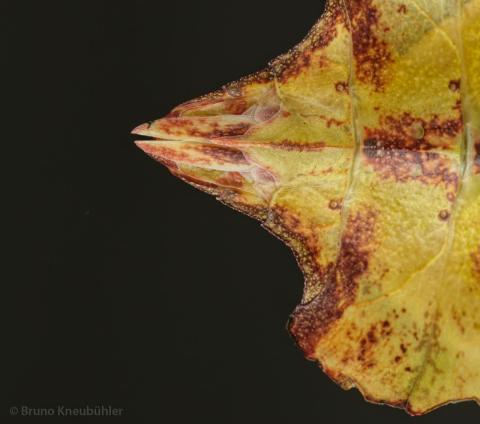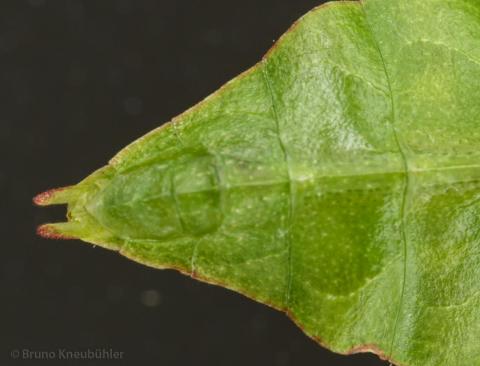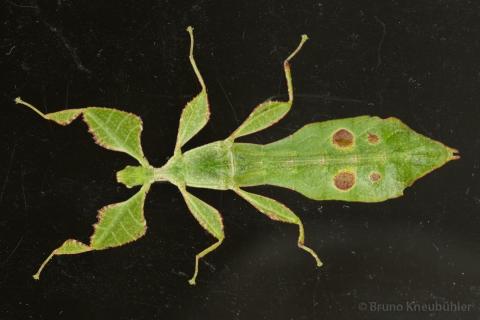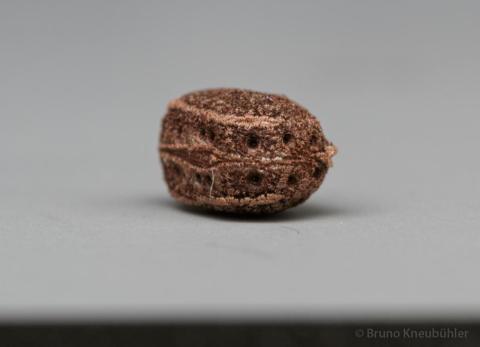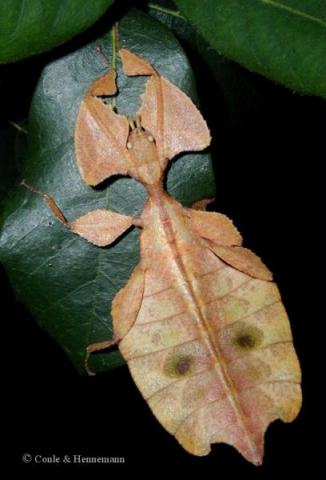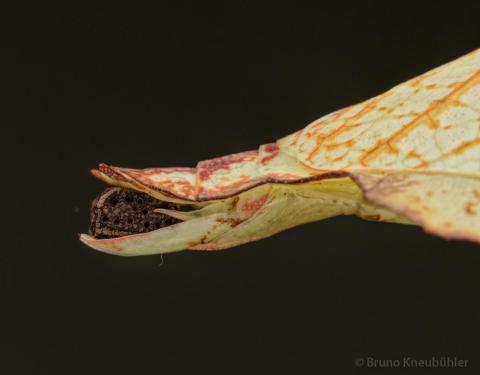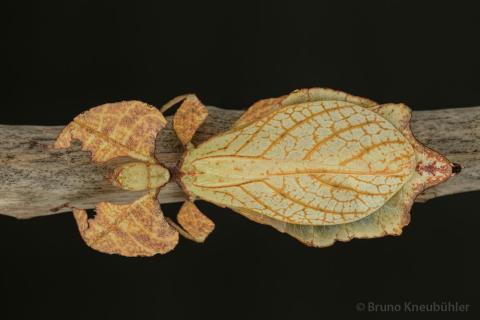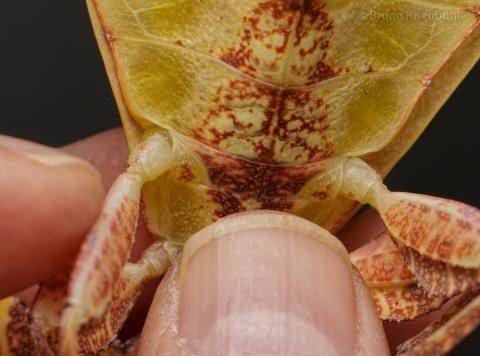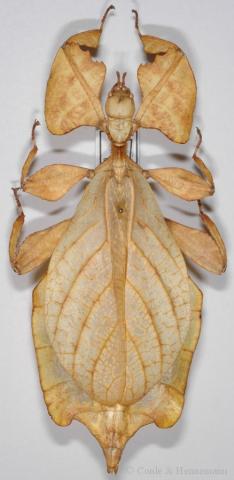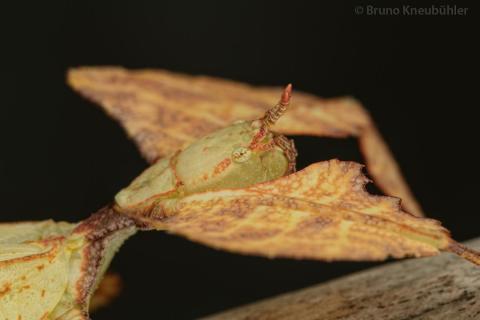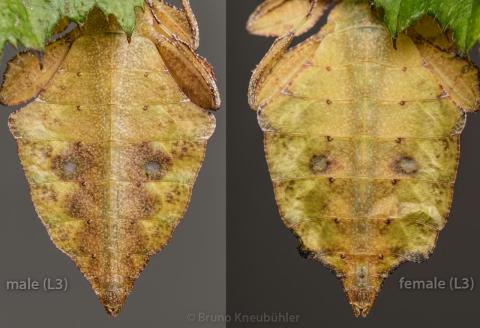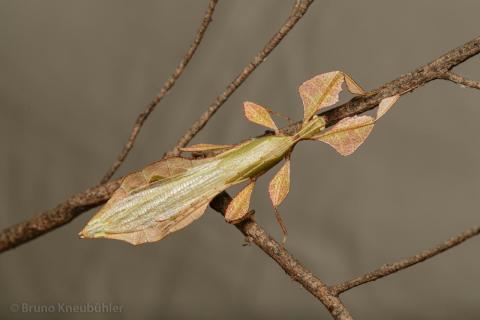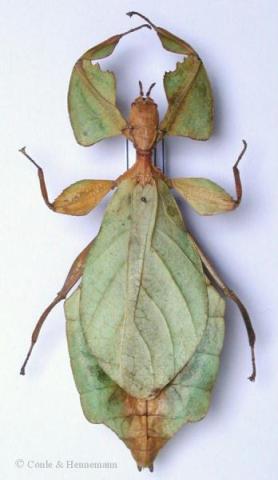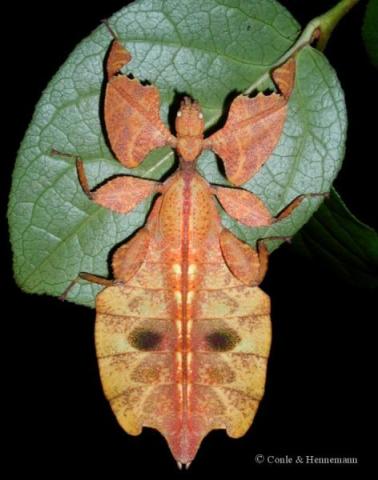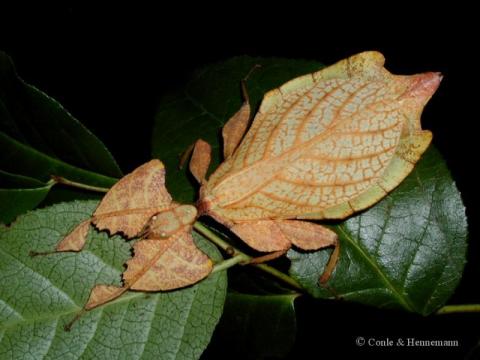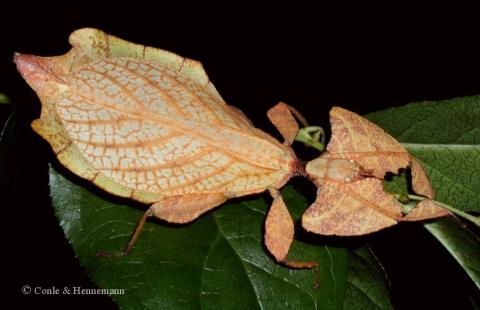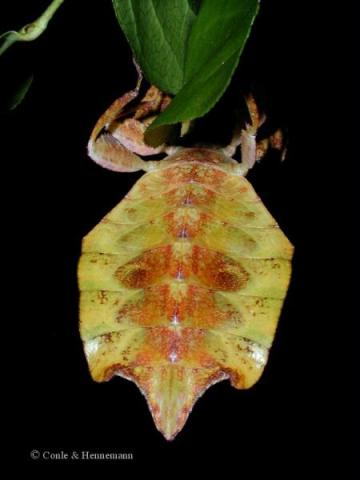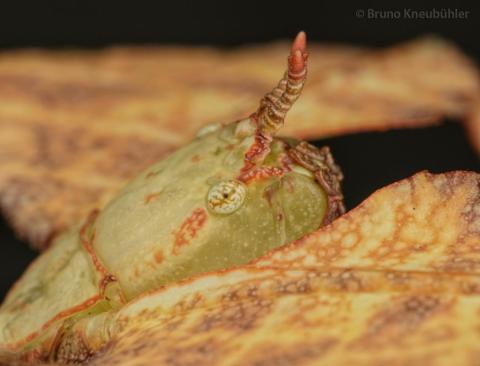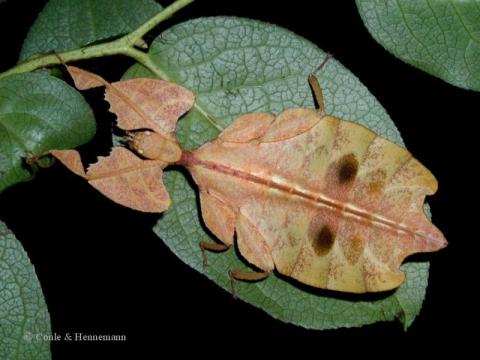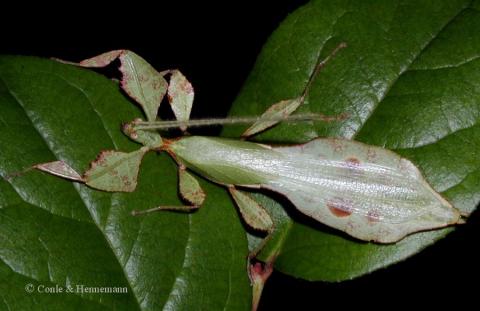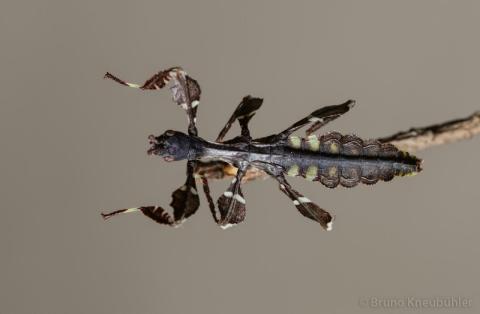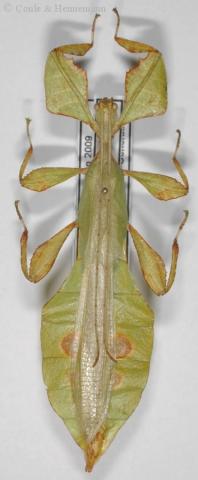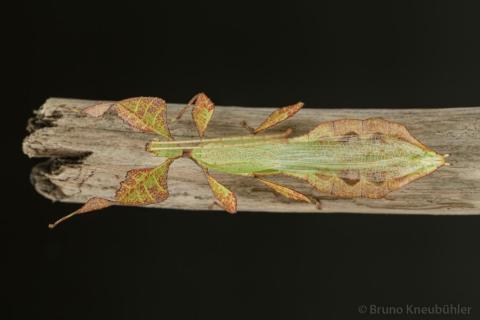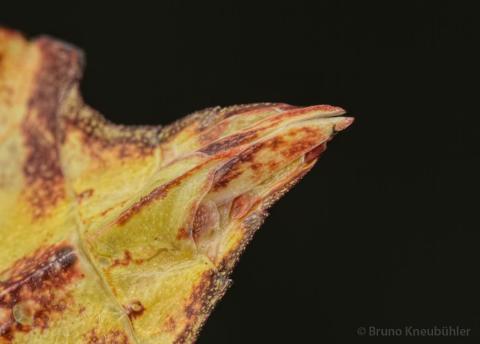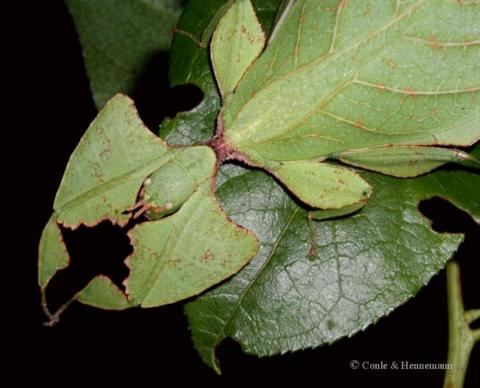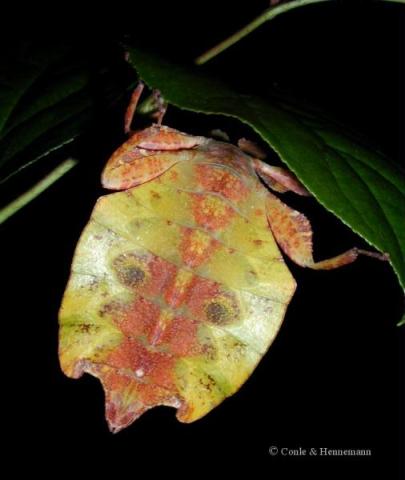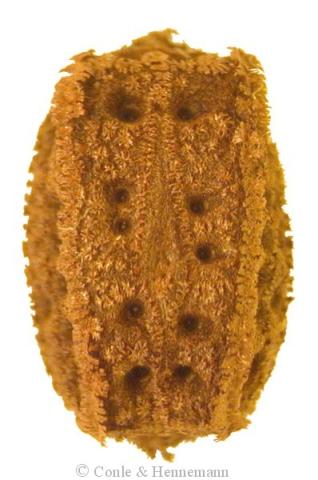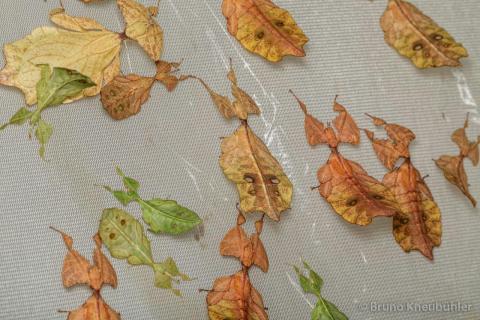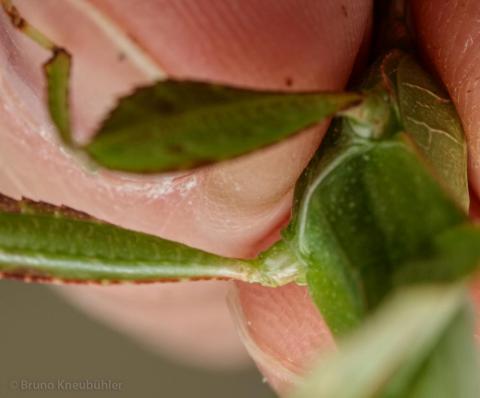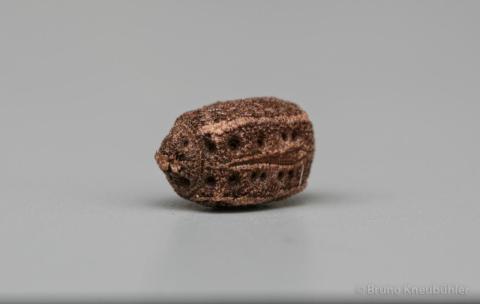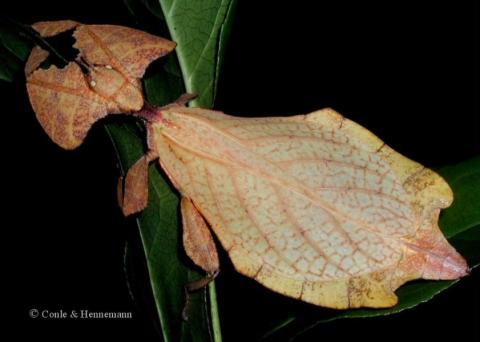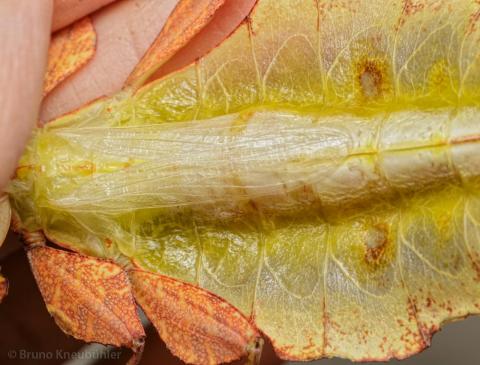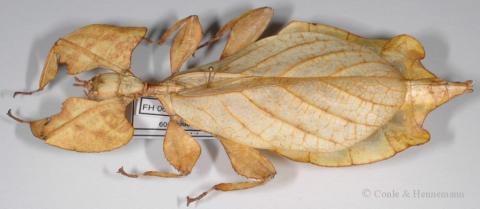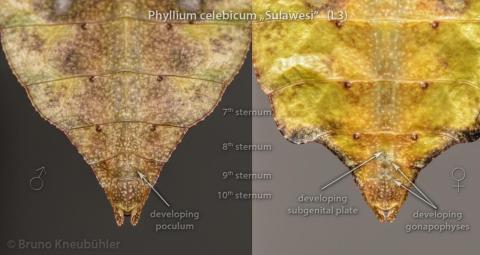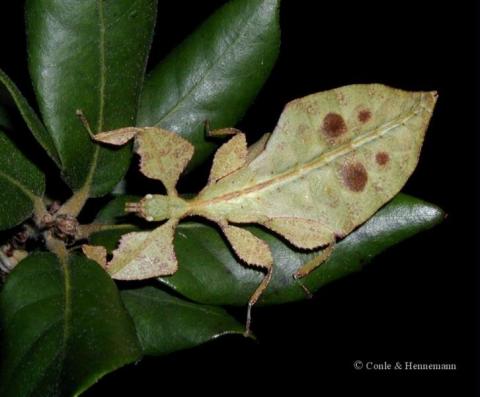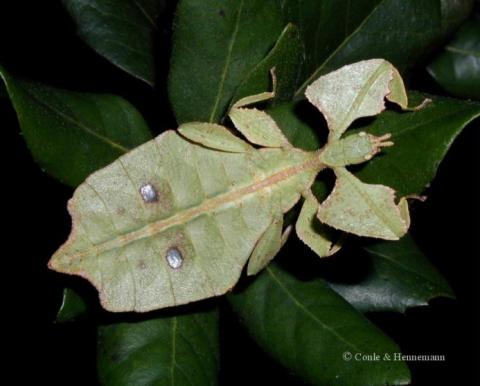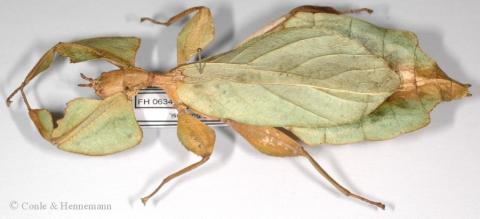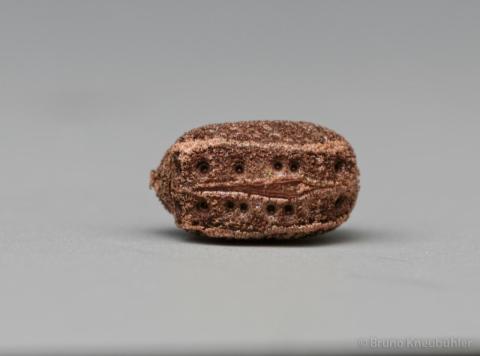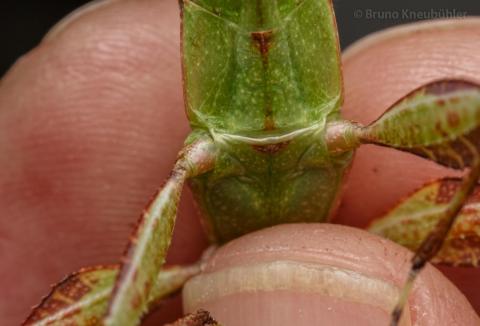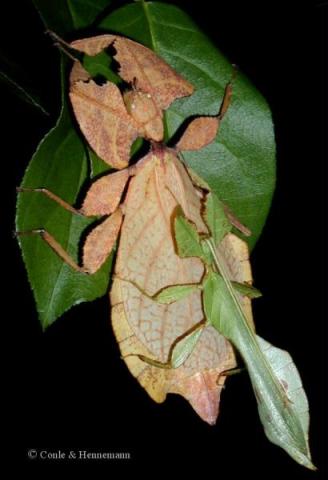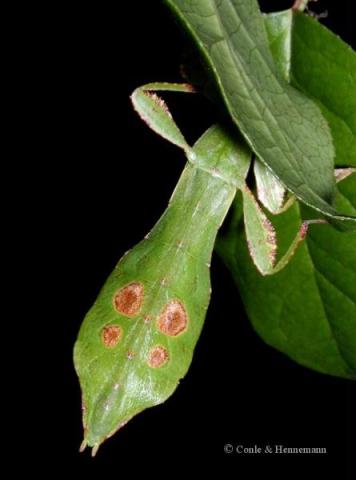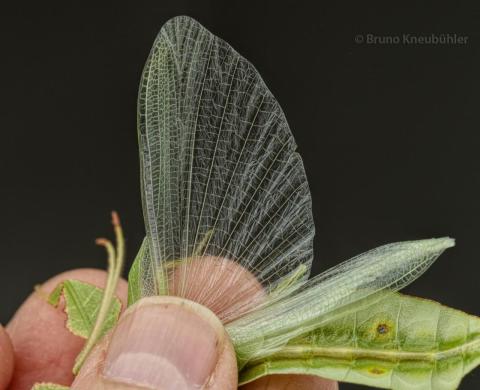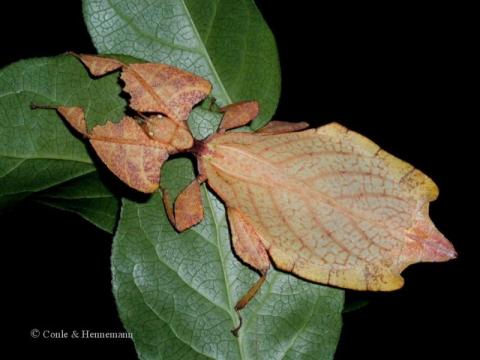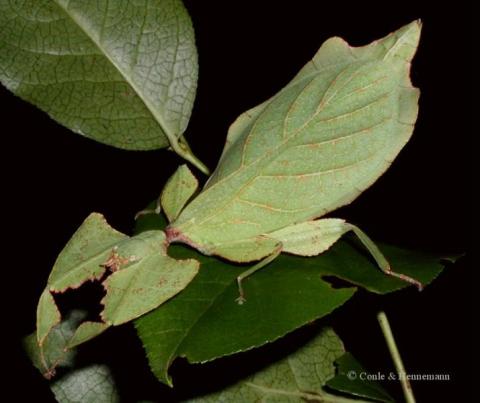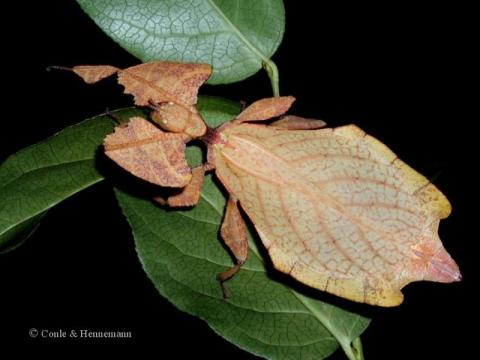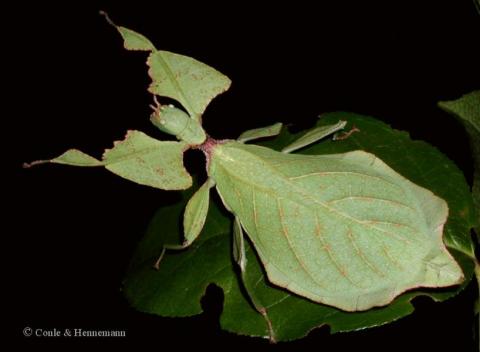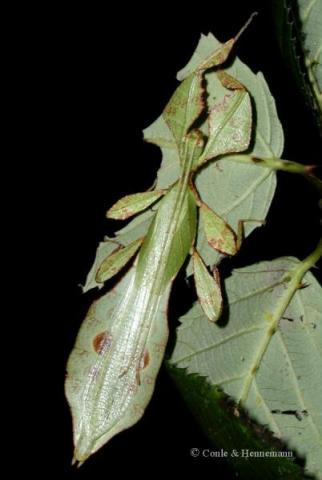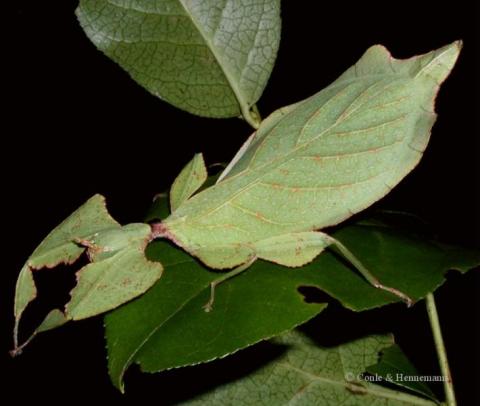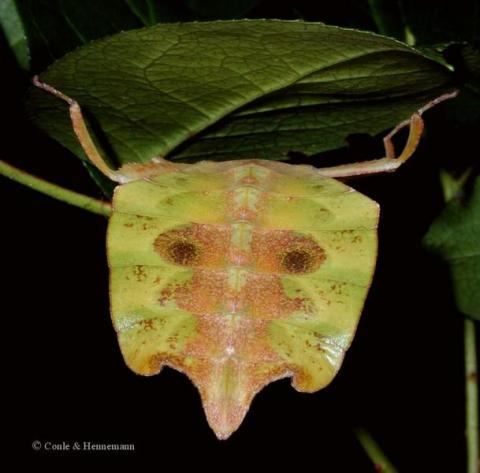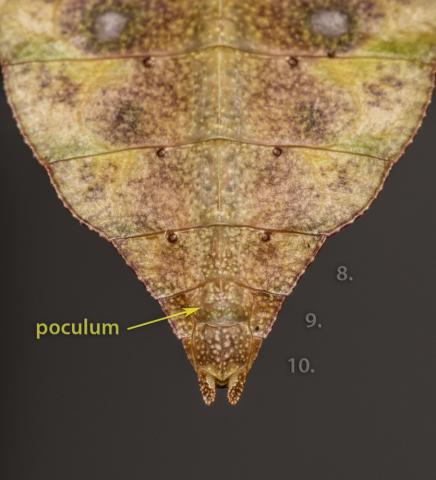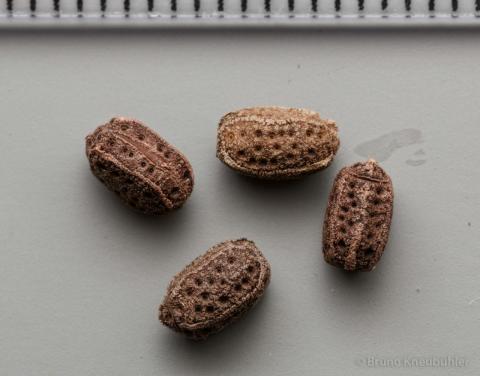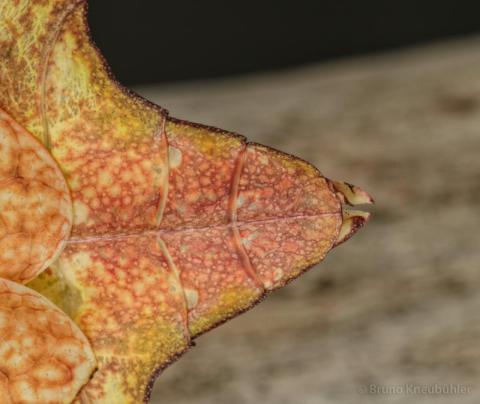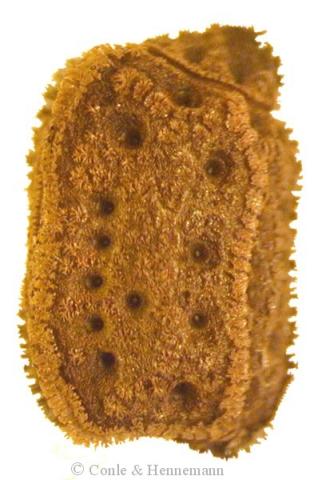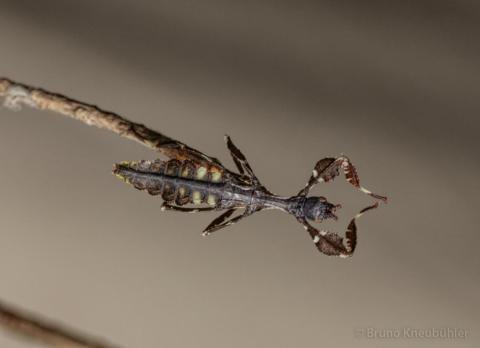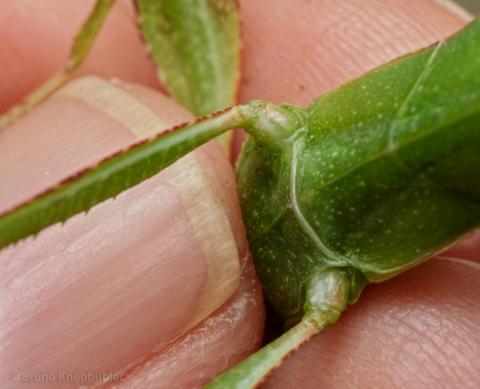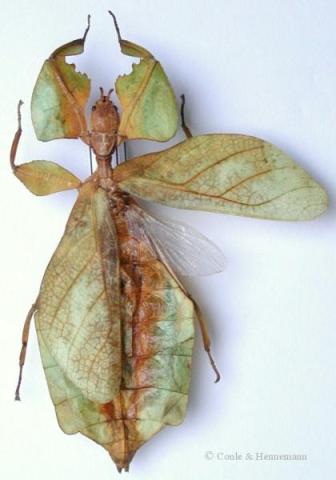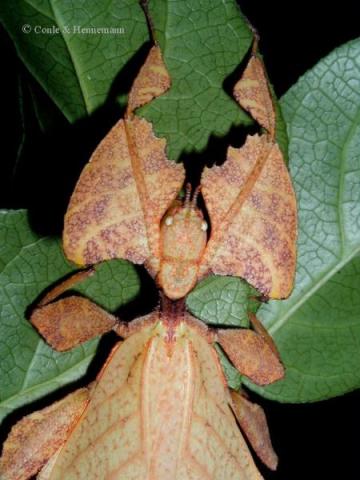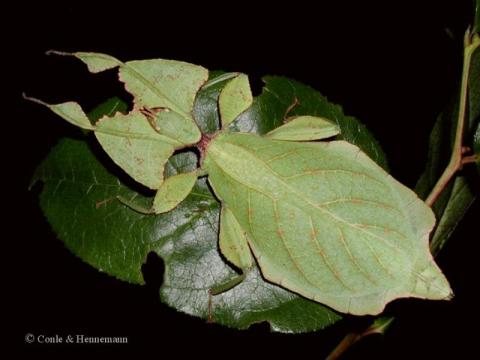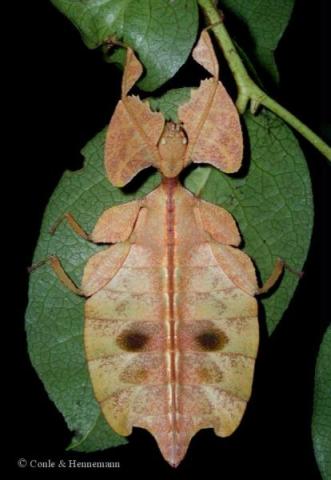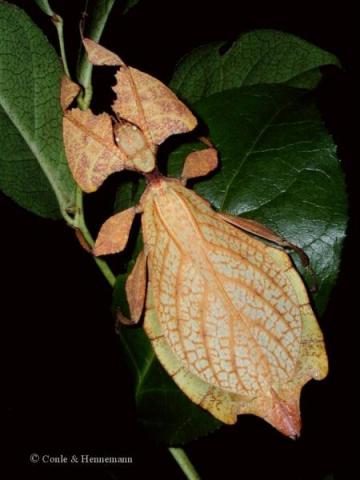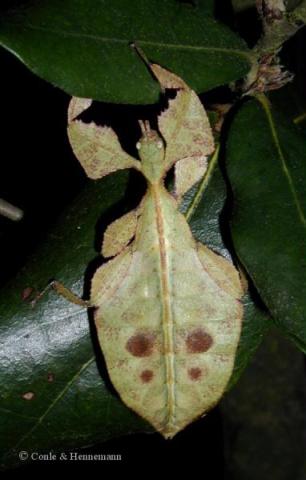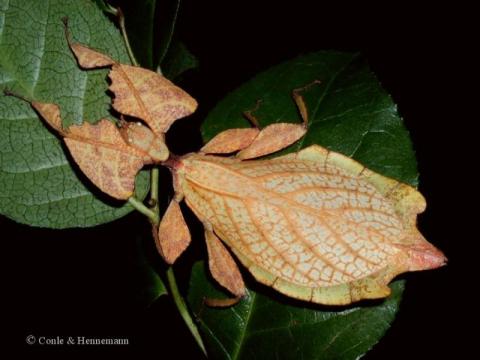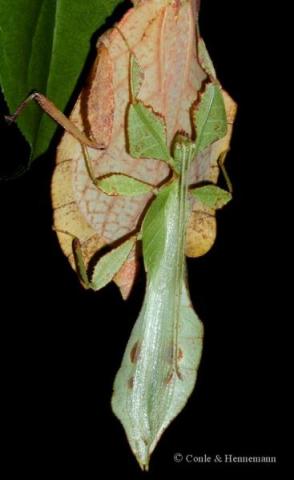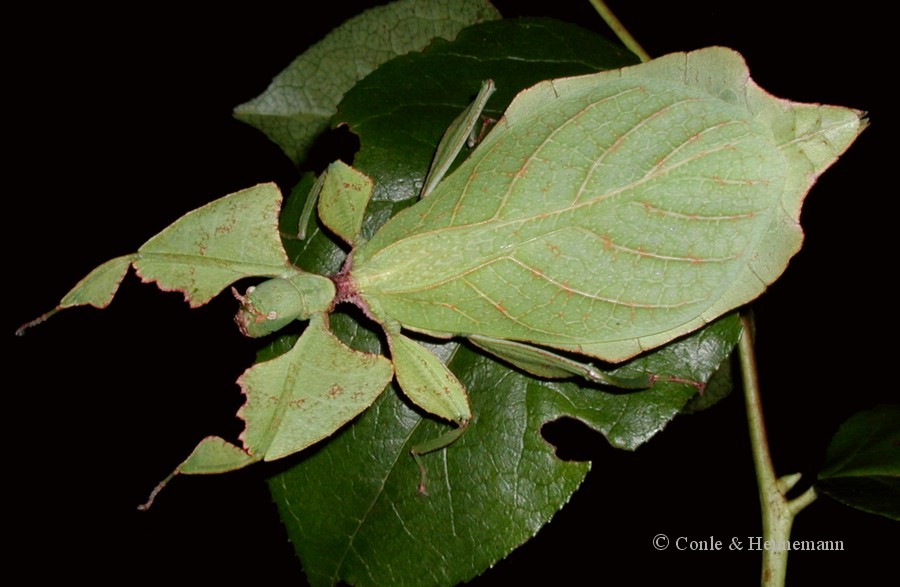
Genus
Species
Stock
CLP
425
Culture status
In culture
Foodplants
Bramble (Rubus spp.)
Breeding notes
(by Bruno Kneubuehler)
General Notes
- it seems as if there are attempts by some phasmid taxonomists to synonymize Ph. westwoodi and Ph. celebicum. But the taxonomic relevance of this quest seems rather doubtful to most other phasmid taxonomists
- future comparative DNA-studies might also give more conclusive answers to solve this distbute
- for further taxonomical informations → Phasmida Species Files
- serious breeders should strive keep this culture stock pure, and always distribute it to other breeders as Phyllium celebicum "Sulawesi"
- other Phyllium species which are or have been in culture → PSG-List, Online-Culture-List
──────────────
Culture History
- 2008 - first successful culture by Frank Hennemann (Germany)
- 2014 – distributed by Bruno Kneubuehler as Phyllium celebicum „Sulawesi“
──────────────
Origin
- Bugadidi (S-Sulawesi, Indonesia)
──────────────
Females
- typical leaf-like phasmids
- body length about 8 - 9 cm
- F. Hennemann also had green females in his F1 generation
- but all females in my culture were orange or orange-yellow in my culture
- it seems as if the orange / yellow color variation unter CB-conditions is dominant over the green color
- as all females are differently colored, therefore a cage full of females looks like as if filled with autumn foliage
- long, transparent hindwings
- the coxae (leg joints) of orange / yellow females are light yellow, often with orange or brown markings
- as there are not green females, the coloration of their coxae is not known. Maybe it is the same situation as observed for the males ... ?
- subgenital plate is shorter than the abdominal ending
──────────────
Males
- also very typical for this genus
- body length about 5.5 - 6.5 cm
- coloration is green, green-brown or mainly brown
- green specimens have light-green eyes, while brownish specimens have light-yellow eyes
- distinct ocelli (simple eyes) on the head
- often 2, rarely just 1 dark brown spot on the abdomen (5th / 6th abdominal segment)
- the bigger spots can be transparent in adult males
- long, transparent hindwings
- coxae (leg joints) of green males are green, and light-yellow or brownish in brown males
- coxae of hintlegs (meta-coxae) have a small, almost white spot on their caudal area. This spot is well visible in green males, but less or even hardly visible in brownish males
──────────────
Nymphs
- lenght about 12 mm
- freshly hatched nymphs are blackish-brown, with light colored, sometimes slightly greenish dots on legs and along-side the abdomen
- by L3 it is quite easy to draw a distinction between ♀♂ (by the naked eye)
- male nymphs have a more pointed abdomen (see photo)
- more examples on how to differentiate between male and female phasmid nymphs
──────────────
Eggs
- about 5 x 3 mm
- dark brown
- surface with numerous round dents
- densely covered with short fringes - giving the egg a furry look
- matt
- no distinct capitulum present on the operculum (lid)
- micropylar plate is elongate and lance-shaped
- when a dry egg is placed on a moist surface, then one can easily observe through a magnifying glass that the entire egg's surface is moist after a short time. The mechanism behind this might be similar to blotting paper - water is being soaked up by the fringes and distributed over the entire surface
──────────────
Food Plants
- it is very much recommended to cut away the edges of the leaves for nymphs in L1
- regularly change the plants and the water in which they stand
- the Free-Standing-Setup works very well for small nymphs
- bramble (Rubus spp.)
is very well accepted by nymphs and adults
──────────────
Behaviour
- as in most (all ?) Phyllium species, nymphs after of this species hatch after dawn, often around noon time
- freshly hatched nymphs run about a lot, up and down the cage almost the whole day long
- they settle down as soon as they start to feed
- it can take 3 – 5 days before they start to feed
- older nymphs as well as adults are quite passive during the day and out and about feeding mainly at night
- especially older nymphs and adult males drop to the ground quickly when they feel threatened (like when being touched). Usually they just freez up in the same spot where they dropped, of after a few steps
- frightened males hold their antennae backwards
- males can fly very well
- matings occur often during the night, males do not stay with the same female for a long time
- a defensive spray has not been observed (although it has been reported for other Phyllium species)
- in contrast to other Phyllium species (e.g. Ph. tobeloense "Galela"), they do not often chew on eachothers abdomen. Still there has to be plenty of food plants in their cage to avoid this behaviour as far as possible
- females fling the eggs away - with a swing of the abodmen and they just drop to the ground
──────────────
Developement
- incubation time (HH-incubation on slightly damp sand at 20 - 23 °C) is about 3 - 4 months
- eggs of this species are very prone to get mouldy, and it is difficult to avoid this. Yet a thin mould layer does not affect the hatching ratio negatively
- please note, that for phasmids it is not uncommon that some nymphs hatch a few or many months after the first nymphs hatched
- spread some moss over the eggs - this will make it much easier for the nymphs to hatch unscathed and it also reduces mould growth to some extend
- males will be adult after about 5 – 6 months (at 20 – 23°C), females after about 6 – 8 months
- females start laying eggs after about 2 – 3 weeks
- about 20 – 25 eggs per female and week
- adults can live for several months, also males can live for 3 – 4 months
──────────────
Breeding Notes
- my general notes on how to breed phasmids are an integral part of this care sheet
- it is recommend to keep this species in a seperate cage. The culture is much more likely to be successful than in an multi-species cage which are all too often badly crowed
- degree of difficulty = 2 (1= very easy / 5 = very difficult)
- keep nymphs seperate from the adults. This makes it much easier to monitor their developement and they are protected from being disturbed or even harmed by the much bigger adults (like during their moults)
- keep the nymphs and adults in a netting cage
- use the Free-Standing-Setup for small nymphs (L1 - L3)
- using a ventilator seems to be very advantagous
- a humidity level of about 60+ % rH (for adults) and 70+ % rH (for nymphs) seems to be fine
- move nymphs to a bigger cage as they grow bigger
- a cage of at least 30 x 30 x 60 cm height should be provided for 3 – 4 adult couples
- at least 2 (-3) cages are needed to breed this species – one cage for the small nymph, maybe another one for the older nymphs and one cage for the adults
- spray small nymphs (L1 to L3) with chlorine-free (!) water once every day. This water should dry up within a few hours, therefore an airy cage is needed
- nymphs can be sprayed directly with water
- it is not needed to spray older nymphs and adults
- make sure that nymphs, which are about to undergo their adult moult, do not find places in the cage which would not offer them enough space beneath to moult successfully
